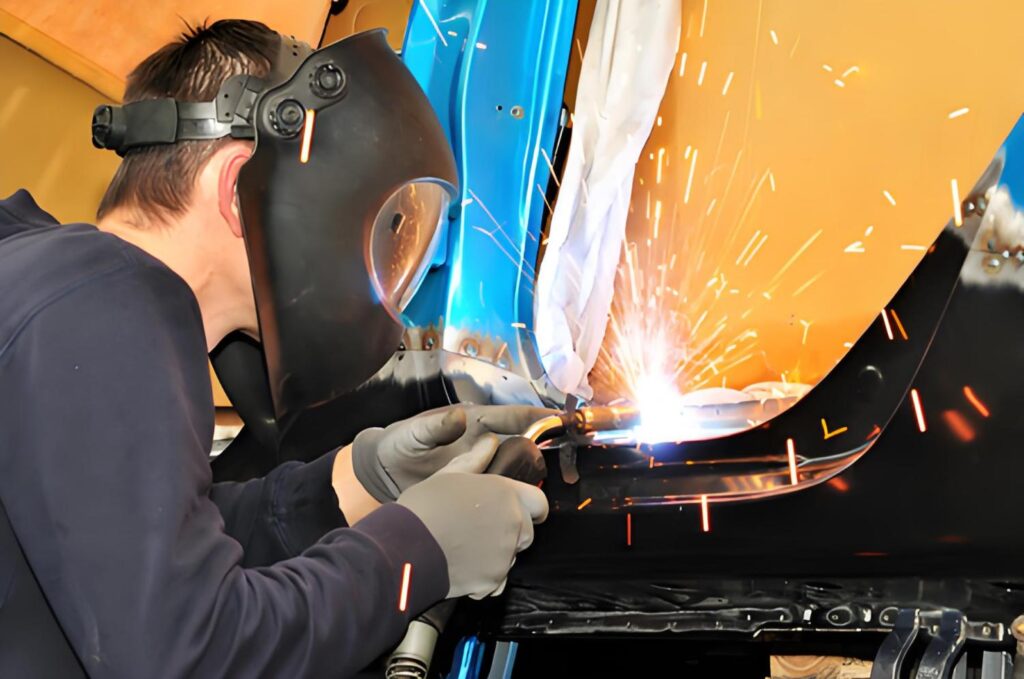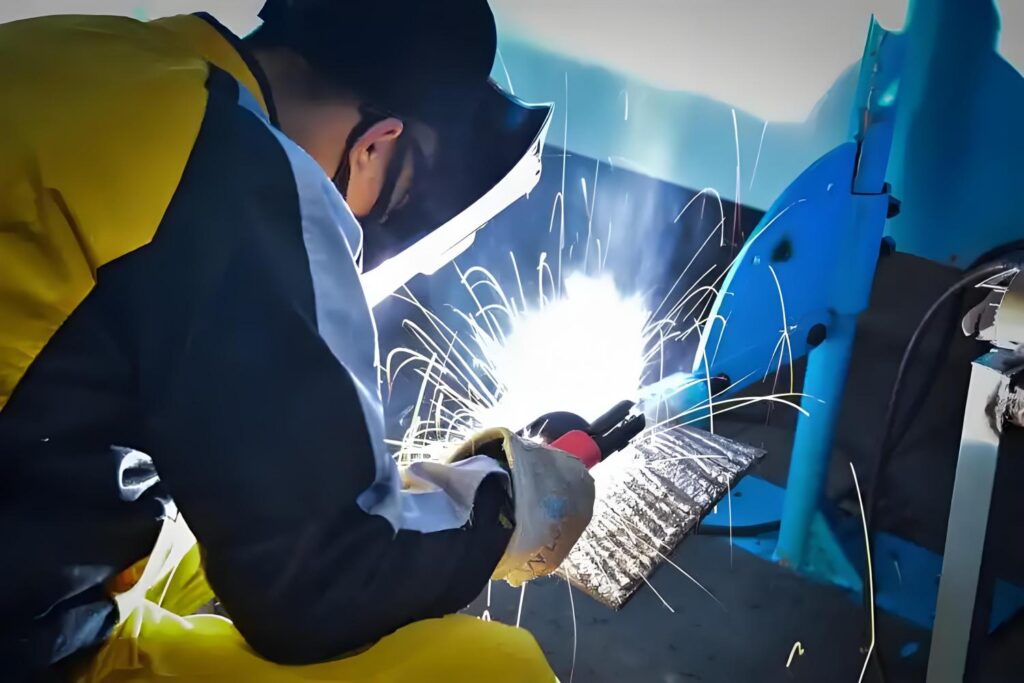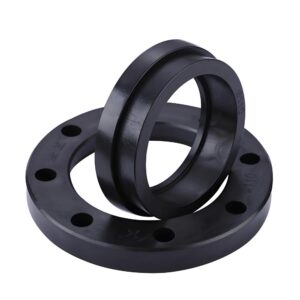TIG welding, also known as Tungsten Inert Gas welding, is a cornerstone of precision in the machining industry. Renowned for producing clean, strong welds, it’s a preferred method for professionals working on high-quality projects across aerospace, automotive, and beyond. This blog dives into the essentials of TIG welding, covering its process, materials, applications, and pros and cons, offering valuable insights for enthusiasts and industry professionals alike.
What Is TIG Welding?

TIG welding is a precise welding technique that uses a non-consumable tungsten electrode to create an electric arc, melting the base metal to form a weld. A shielding gas, typically argon or helium, protects the weld pool from atmospheric contamination, ensuring a clean, durable bond. Unlike MIG or stick welding, TIG welding allows welders to control heat input with a foot pedal or hand control, making it ideal for intricate or thin materials.
Developed in the 1940s for aerospace applications, TIG welding excels in projects requiring aesthetic precision and structural integrity. Its minimal spatter and ability to produce smooth welds make it a go-to for industries demanding flawless results. Whether you’re welding aluminum for aircraft or stainless steel for medical equipment, TIG welding delivers unmatched quality.
For those new to the process, TIG welding requires a steady hand and practice but rewards welders with versatility and control. It’s a skill worth mastering for anyone in precision machining.
Materials Used in TIG Welding
TIG welding’s versatility shines through its compatibility with various metals, making it a staple in diverse industries. Here are the most common materials welded with TIG:
- Aluminum: Lightweight and corrosion-resistant, aluminum is widely used in aerospace and automotive industries. TIG welding’s AC setting effectively handles its oxide layer, ensuring strong welds.
- Stainless Steel: Valued for durability and rust resistance, stainless steel is perfect for food processing and medical applications. TIG welding creates clean, hygienic welds.
- Carbon Steel: A cost-effective choice for construction and manufacturing, carbon steel benefits from TIG’s ability to produce robust, precise welds.
- Titanium: Known for its strength and lightweight properties, titanium is common in aerospace and medical devices. TIG welding ensures precision for this high-value material.
- Copper and Nickel Alloys: These materials, used in marine and chemical industries, resist corrosion and extreme temperatures, with TIG welding delivering reliable results.
The choice of shielding gas—argon for stability or helium for deeper penetration—enhances TIG welding’s adaptability. Filler rods, matched to the base metal, are manually fed into the weld pool for seamless integration. For more on material selection, check Precionn’s material guide for machining insights.
How To TIG Weld: A Step-by-Step Guide
Mastering TIG welding takes time, but understanding the process is a great starting point. Here’s a concise guide to TIG welding:
- Gather Equipment: You’ll need a TIG welder, tungsten electrode (sharpened for precision), filler rods, shielding gas (e.g., argon), and safety gear like a welding helmet and gloves.
- Configure the Machine: Set the welder to AC for aluminum or DC for steel, adjusting amperage and gas flow based on material thickness. Consult your machine’s manual for specifics.
- Clean the Surface: Remove dirt, oil, or oxides using a wire brush or solvent to ensure a contaminant-free weld.
- Initiate the Arc: Position the electrode close to the workpiece without contact, using a high-frequency start or lift-arc technique to spark the arc.
- Weld with Precision: Move the torch steadily along the joint, maintaining a 1/8-inch arc length. Feed filler metal into the weld pool as needed, using smooth, controlled motions.
- Adjust Heat: Use the foot pedal to control amperage, preventing burn-through on thin materials.
- Inspect the Weld: After cooling, check for uniformity, ensuring no cracks or porosity.
What Is TIG Welding Used For?
TIG welding’s precision makes it indispensable across industries. Its ability to handle intricate welds and diverse materials suits both functional and decorative applications. Key uses include:
- Aerospace: TIG welding joins aluminum and titanium components for aircraft, ensuring lightweight, durable structures.
- Automotive: From custom exhaust systems to roll cages, TIG welding delivers strong, visually appealing welds.
- Art and Design: Artists use TIG for metal sculptures, leveraging its ability to create smooth, intricate welds.
- Medical Devices: Stainless steel and titanium components for surgical tools rely on TIG’s hygienic, precise welds.
- Industrial Piping: TIG welding ensures leak-proof joints in oil, gas, and chemical processing systems.
For small-scale projects, TIG is ideal for repairing aluminum bike frames or stainless steel kitchen equipment. Its adaptability makes it a favorite for custom machining projects. Learn more about TIG applications in Precionn’s case studies.
Advantages and Disadvantages of TIG Welding
Like any welding process, TIG welding comes with its own set of advantages and disadvantages. Understanding these can help businesses and professionals make informed decisions about their welding projects.
Advantages
- Precision and Control: TIG welding allows for meticulous control over the weld, producing clean and visually appealing results.
- Versatility: Suitable for a wide range of metals and alloys, including thin materials.
- High-Quality Welds: Minimal distortion, superior strength, and corrosion resistance are typical outcomes.
- No Slag Production: Unlike stick welding, TIG welding does not produce slag, reducing post-weld cleanup.
- Adaptability: Effective for both small-scale projects and critical industrial applications.
Disadvantages
- Skill Requirement: TIG welding requires highly skilled operators, making training essential.
- Slower Process: Compared to MIG or stick welding, TIG welding is relatively slow, which can impact productivity for large projects.
- Equipment Cost: The initial setup for TIG welding, including torches, power sources, and shielding gas, can be expensive.
- Limited Outdoor Use: Wind can disrupt the shielding gas, making TIG welding less effective outdoors without protective measures.
Why TIG Welding Drives Precision Machining
TIG welding is a powerful and versatile tool in modern manufacturing, allowing for precision work across a variety of metals. For companies seeking high-quality welds, it remains a top choice for applications where strength, durability, and aesthetics are crucial.
At Precionn, the team specializes in precision machining and metal fabrication, leveraging advanced TIG welding techniques to deliver exceptional results for international clients. Whether working with stainless steel, aluminum, or specialty alloys, Precionn combines skill, technology, and expertise to meet the highest standards in industrial welding and machining.




